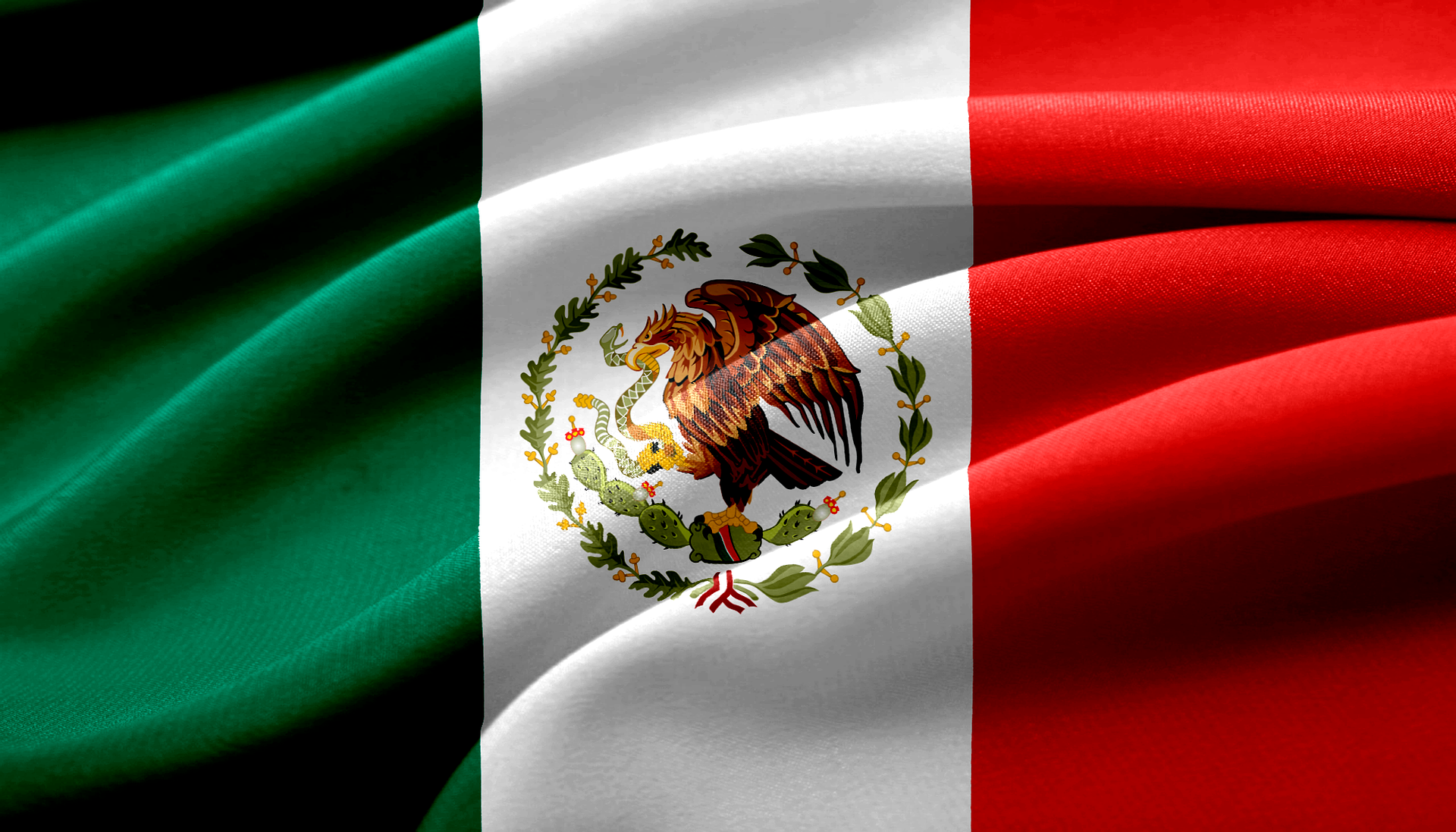Mexico’s economy is one of the most dynamic and fastest growing in Latin America, with a diverse range of industries driving its growth. But what are the key drivers behind this economic expansion, and what does it mean for businesses operating in Mexico? In this blog post, we’ll take a closer look at some of the factors fueling Mexico’s economic growth and explore their implications for investors, entrepreneurs, and professionals looking to tap into this thriving market. Whether you’re already doing business in Mexico or just curious about its potential as an investment destination, read on to learn more!
Mexico’s Gross Domestic Product
Mexico’s gross domestic product (GDP) grew by 2.4 percent in 2016, according to the National Statistics Institute (INEGI). This growth was driven by several factors, including an increase in exports, a rebound in manufacturing output, and higher government spending.
The Mexican economy has been growing steadily for the past few years, and 2016 was no exception. Mexico’s GDP growth was driven by several factors, including an increase in exports, a rebound in manufacturing output, and higher government spending.
Exports play a key role in Mexico’s economy, and they increased by 3.3 percent in 2016. This growth was driven by increases in both oil exports (up 5.8 percent) and non-oil exports (up 2.7 percent). The rebound in manufacturing output also contributed to GDP growth, as it rose by 1.9 percent in 2016 after declining by 0.1 percent in 2015. Higher government spending also contributed to GDP growth, as it rose by 4.2 percent in 2016 after increasing by just 1.5 percent in 2015.
The Mexican economy is expected to continue growing at a steady pace in the coming years. The country’s main drivers of growth—exports, manufacturing output, and government spending—are all expected to grow at a healthy rate over the next few years. This will help Mexico continue to build on its recent economic successes and maintain its position as one of Latin America’s leading economies
The Mexican Stock Exchange
The Mexican stock exchange, Bolsa Mexicana de Valores (BMV), is the largest stock exchange in Latin America and it is where the majority of Mexican companies are listed and trade stocks. The BMV is also a member of the IPC Index, which is comprised of the top 100 companies from Mexico, Brazil, Chile and Argentina.
The BMV was founded in 1894 and it is headquartered in Mexico City. The exchange has over 2,400 listed companies with a market capitalization of over US$1 trillion. The BMV is one of the top exchanges in terms of trading volume and liquidity.
Some of the largest companies that trade on the BMV include America Movil (AMXL), Grupo Financiero Banorte (GFNORTEO) and Fomento Economico Mexicano (FMX). These three stocks make up a large portion of the IPC Index.
The BMV offers several different types of indices that track different segments of the Mexican market. The IPC Index is the most followed index on the BMV and it tracks the performance of the largest companies that trade on the exchange. Other popular indices include the S&P/BMV IPC, S&P/BMV MSCI Mexico IMI 25/50, among others.
Investors can gain exposure to Mexican equities through a variety of investment
Mexican Manufacturing
Mexican manufacturing is on the rise, with the sector growing by 3.4 percent in 2017. This growth is being driven by a number of factors, including an increase in exports, a growing domestic market, and foreign investment.
The increase in exports is being driven by demand from the United States, which is Mexico’s largest trading partner. The U.S. economy is doing well, and this is translating into increased demand for Mexican-made goods. In addition, the Mexican peso has been relatively stable against the U.S. dollar over the past year, making Mexican goods more competitively priced.
The domestic market is also growing, as Mexicans are becoming increasingly affluent and have more disposable income to spend on manufactured goods. In addition, the government is investing heavily in infrastructure projects that are boosting demand for construction materials and other manufactured goods.
Finally, foreign investment is playing a role in Mexican manufacturing growth. multinational companies are setting up operations in Mexico to take advantage of its skilled workforce and proximity to the U.S. market. These companies are bringing new technologies and knowledge to Mexico that are helping to boost productivity and competitiveness
Mexican Tourism
Mexico has become one of the most popular tourist destinations in recent years. In 2018, over 41 million foreign tourists visited Mexico, setting a new record for the country.1 Tourism is now one of Mexico’s key economic growth drivers.
The Mexican government has invested heavily in developing the country’s tourism infrastructure and promoting its image as a safe and welcoming destination. These efforts have paid off, with tourist numbers growing steadily in recent years.
Mexico offers a wide range of tourist attractions, from its vibrant cities to its stunning beaches and ancient ruins. The country is also home to a diverse range of cultures, which add to its appeal as a tourist destination.
The Mexican tourism industry supports millions of jobs and contributes billions of dollars to the economy each year.2 It is therefore crucial for Mexico’s continued economic growth.
1 https://www.washingtonpost.com/news/monkey-cage/wp/2018/10/17/mexico-just-welcomed-a-record-number-of-foreign-tourists/?noredirect=on&utm_term=.211ce2f7582b
+2 https://www3.weforum.org/docs/WEF_World_Economic_Forum_The_travel_and_tourism_competitiveness_report_2017__2.pdf
Mexican Agriculture
Mexican agriculture has long been an important part of the country’s economy, and it continues to be a key driver of growth. Mexican agriculture is characterized by a large number of small-scale farms, and the sector employs a significant portion of the country’s workforce. Agriculture accounts for around 10% of Mexico’s GDP, and the sector is a major exporter of agricultural products.
The Mexican government has implemented a number of policies in recent years aimed at supporting the country’s farmers and improving the competitiveness of the sector. These policies have helped to boost agricultural production and exports, and have contributed to Mexico’s economic growth.
Implications of Mexico’s Economic Growth
As Mexico’s economy continues to grow, there are a number of implications for businesses and investors.
1) Increasing demand for goods and services: As the Mexican economy grows, there will be an increasing demand for goods and services. This could lead to opportunities for businesses that can provide these products and services.
2) Improved infrastructure: As the economy grows, the government is likely to invest more in infrastructure, such as roads, railways, and airports. This improved infrastructure will make it easier for businesses to transport their goods and services around the country.
3) Growing middle class: As the economy grows, more Mexicans will move into the middle class. This growing middle class will have more disposable income and will be looking for quality products and services. This presents an opportunity for businesses that can provide these products and services.
4) Increased foreign investment: As the Mexican economy continues to grow, foreign investors will be increasingly interested in investing in the country. This foreign investment can bring new capital into the country, which can be used to finance business expansion or new business ventures.











